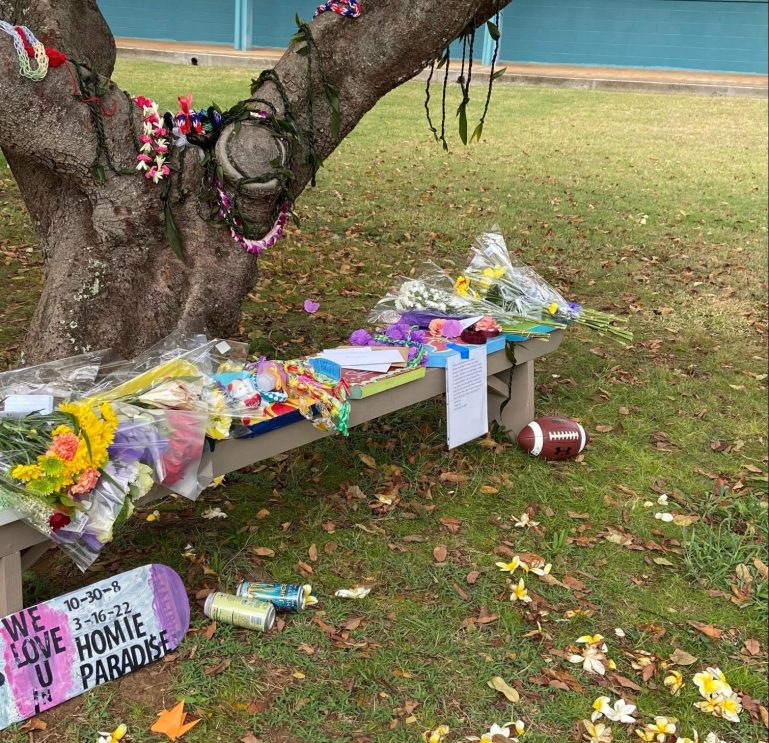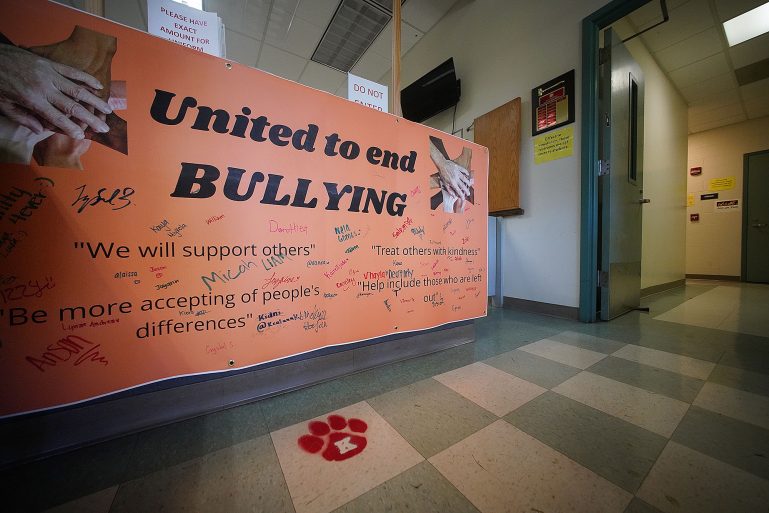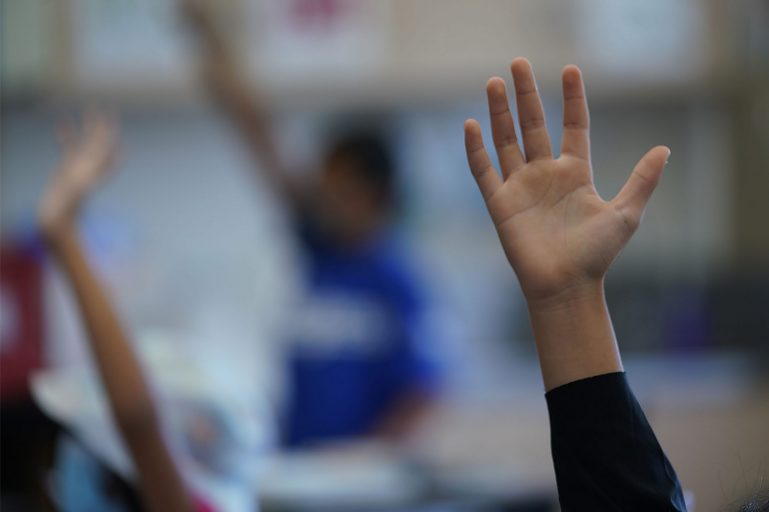There are always mixed emotions returning to the last quarter of school after spring break, but this year was different. A few days before the end of spring break, a student at my school took his own life. He was in seventh grade.
Our principal emailed the staff and teachers about what happened. She included some documents with tips on how to talk about it with our kids and ideas for things to do during class time. Many of our previous plans no longer seemed appropriate for the first day back.
I did not personally know the student who died, but since I teach seventh grade, I suspected some of my students may have known him.
I later learned they did, when local social media accounts posted details of the suicide – including pictures of the boy with his friends, my students – without getting permission from any of the families.
But when I heard the news, my thoughts immediately jumped to some of my kids: the ones who have opened up their lives and feelings to me this year, the ones coping with trauma through cutting or drinking or smoking. The ones who have either passively or explicitly communicated suicidal ideation. I felt an urgent need to message them…





